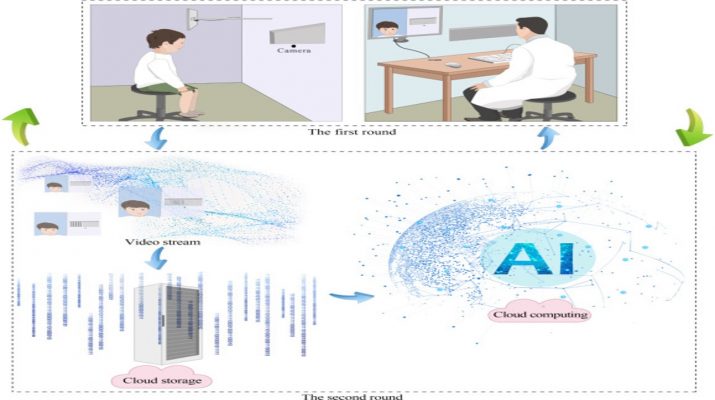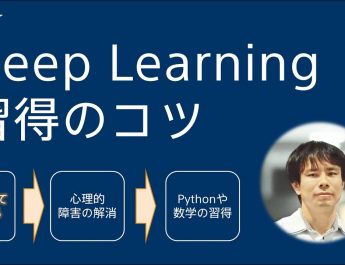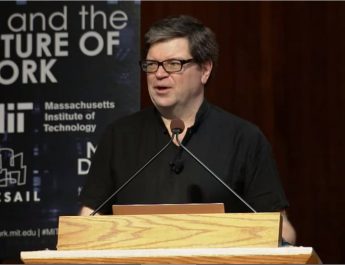Examining the visual acuity of children who are younger than three years old is important for the early discovery of abnormal visual development, potential ophthalmic diseases, and neurological disease.
If the visual abnormal development is not diagnosed in time, later development will be affected, but performing visual examination in children is challenging due to their lack of understanding of instructions. Evaluating the visual acuity of children remains difficult since many children are unable to effectively express their understanding, especially with respect to directions (i.e., up, down, left and right). In addition, it is difficult for children to concentrate for a long time during the vision examination. The Teller visual acuity (TVA) card can be used to evaluate the visual acuity of children, but not all the operations are recorded and can be reviewed.
Abstract
Visual development during early childhood is a vital process. Examining the visual acuity of children is essential for early detection of visual abnormalities, but performing the visual examination in children is challenging. Here, we developed a human-in-the-loop deep learning (DL) paradigm that combines traditional vision examination and DL with the integration of software and hardware, thus facilitating the execution of vision examinations, offsetting the shortcomings of human doctors, and improving the abilities of both DL and doctors to evaluate the vision of children. Because this paradigm contains two rounds (a human round and DL round), doctors can learn from DL and the two can mutually supervise each other such that the precision of the DL system in evaluating the visual acuity of children is improved.
Based on DL-based object localization and image identification, the experiences of doctors and the videos captured in the first round, the DL system in the second round can simulate doctors in evaluating the visual acuity of children with a final accuracy of 75.54%. For comparison, we also assessed an automatic deep learning method that did not consider the experiences of doctors, but its performance was not satisfactory. This entire paradigm can evaluate the visual acuity of children more accurately than humans alone. Furthermore, the paradigm facilitates automatic evaluation of the vision of children with a wearable device.
Zhang, Kai
Li, Xiaoyan
He, Lin
Guo, Chong
Yang, Yahan
Dong, Zhou
Yang, Haoqing
Zhu, Yi
Chen, Chuan
Zhou, Xiaojing
Li, Wangting
Liu, Zhenzhen
Wu, Xiaohang
Liu, Xiyang
Lin, Haotian






